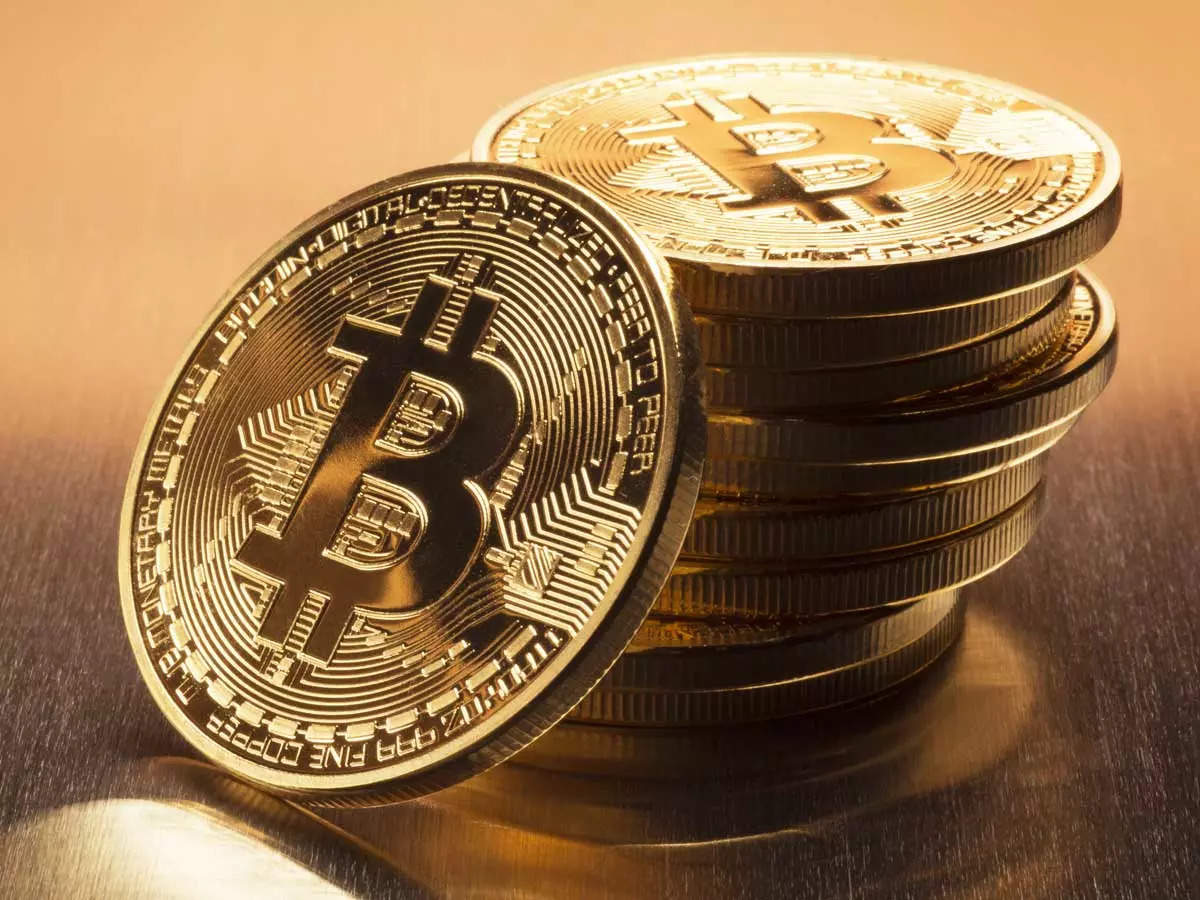Exploring the long-term implications of the 2024 Bitcoin Halving on anticipated market shifts
At a basic level, Bitcoin halving is part of the Bitcoin blockchain’s protocol and serves as a mechanism for regulating supply. It is programmed to occur approximately every four years or after the creation of 210,000 blocks and consists of a reduction in the block reward granted to miners.
In April this year, the highly anticipated 4th event occurred, marking a significant milestone. The for was halved from 6.25 BTC to 3.125 BTC, underscoring Bitcoin's deflationary nature and broader role as a store of value.The halving event has ignited widespread curiosity within the community. To get a better sense of the multifaceted impact of the halving, exploring its immediate implications on Bitcoin's and its broader significance for the global financial landscape, it is essential to delve deeper and understand the halving mechanism.
What does Bitcoin halving entail?
At a basic level, halving is part of the Bitcoin ’s protocol and serves as a mechanism for regulating supply. It is programmed to occur approximately every four years or after the creation of 210,000 blocks and consists of a reduction in the block reward granted to miners.
Crypto Tracker
17.81%
2.97%
2.42%
1.15%
-0.27%
(₹)
50,109 (3.2%)
250,861 (0.15%)
84 (0.01%)
5,153,452 (-0.74%)
12,112 (-0.94%)
Initially set at 50 Bitcoins per block, the reward is halved, decreasing the rate at which new bitcoins are generated. This has led to a gradual slowing down of the creation of new bitcoins, ensuring that the total supply of bitcoins is capped at 21 million coins.
As fewer Bitcoins are mined, the scarcity increases, much like traditional commodities like gold and silver. This scarcity boosts the value of bitcoins and keeps it as a viable store of value in the digital space. It also ensures attractiveness to seeking assets with limited supply and long-term value. Unlike regular currencies, whose supply can be increased or decreased by the central banks, resulting in inflation, this measure makes deflation a fundamental value proposition for Bitcoin.
Getting a historical perspective on Bitcoin Halving
In the last three instances, the halving set out widespread anticipation among investors, resulting in bitcoin . For instance, in 2012, the block reward was reduced from 50 BTC to 25 BTC per block. Following the halving, Bitcoin experienced a rally, surging from $12 to above $100 in a few months due to reduced supply and increased media attention.
Investors anticipated another surge in 2016 as the block reward decreased from 25 BTC to 12.5 BTC. A clutch of factors, including wider mainstream adoption, saw an initial leap and ensured that by mid-2017, Bitcoin had touched an all-time high of $20,000. There is a word of caution, though. These rallies have been accompanied by increased volatility and multiple corrections. Though it is often seen as a short-term event, its broader impact is long-term and will take time to reflect.
Moreover, according to data from the asset research firm 10x Research, the past three halvings resulted in an average price increase of 16% in the following two months.
Market reactions to halving events are hard to predict. For instance, the 2016 halving initially saw a 6% decrease in price over the subsequent 60 days before experiencing a significant rally throughout 2017. It highlights the complex interplay of factors that influence short-term price movements following a halving, which does not always align with immediate bullish sentiment.
Impact of the 2024 halving
As the block reward reduces to 3.125 BTC, miners and smaller entities could see a hit to profitability owing to a spike in operational costs relative to rewards. It could result in consolidation within the mining sector, favouring larger, more resourceful operations capable of weathering reduced rewards.
The diminishing margins for smaller miners could result in larger mining pools and operations consolidating their hold and amplifying the concentration of mining power among some big players. It is crucial to ensure the decentralisation and security of the Bitcoin network and put protocols in place to mitigate the risks of centralisation via protocol upgrades or regulatory interventions.
It could also spur innovations in mining technology aimed at enhancing efficiency and sustainability. For example, miners could adopt more energy-efficient hardware to maintain profitability.
Backed by the recent SEC approval of spot BTC ETFs, institutional capital could keep flowing into bitcoin and boost its value. view these events as bullish, potentially driving increased interest and investment in Bitcoin as a hedge against inflation and economic uncertainty. A spike in institutional participation and better regulatory clarity could ensure Bitcoin emerges as a legitimate asset class, fostering greater acceptance and integration into traditional financial systems.
Impacts on the Crypto Market
The aftermath of the 2024 halving is likely to reverberate throughout the broader , influencing investor sentiment and market dynamics. It will help Bitcoin maintain its market dominance, backed by its scarcity and robust tokenomics. Much like institutional investors, capital may flow to Bitcoin as a perceived haven amidst economic uncertainties, driving up demand and bolstering its market share.
Conversely, it could herald a shift to alternative crypto with unique value propositions or innovative features. It could increase investor attention to projects focusing on decentralised finance (DeFi), non-fungible tokens (NFTs), or blockchain interoperability and more.
It may foster diversification and drive the development of new use cases and technologies across the broader market.
As Bitcoin solidifies its position as a digital store of value, the convergence of traditional finance and decentralised technologies may usher in a new era of financial innovation and inclusivity. Bitcoin's attributes as a borderless, censorship-resistant asset can challenge conventional monetary paradigms, fostering greater financial sovereignty and democratisation globally.
(The author is COO, )
(Disclaimer: Recommendations, suggestions, views and opinions given by the experts are their own. These do not represent the views of Economic Times)
